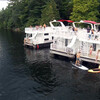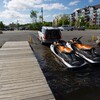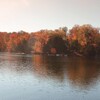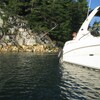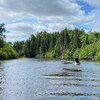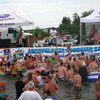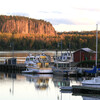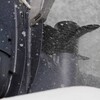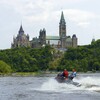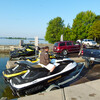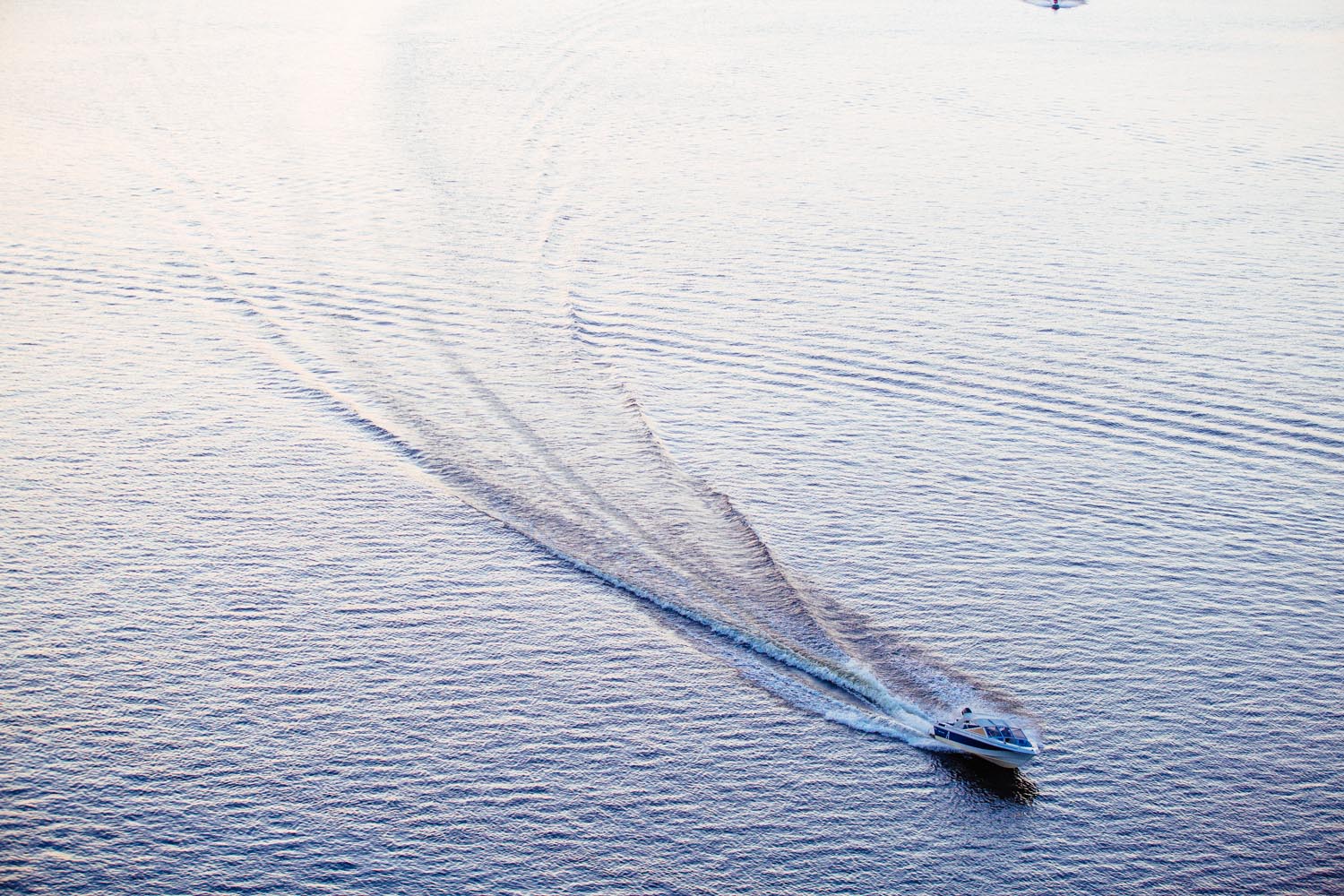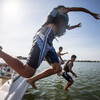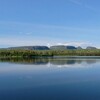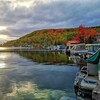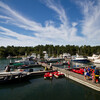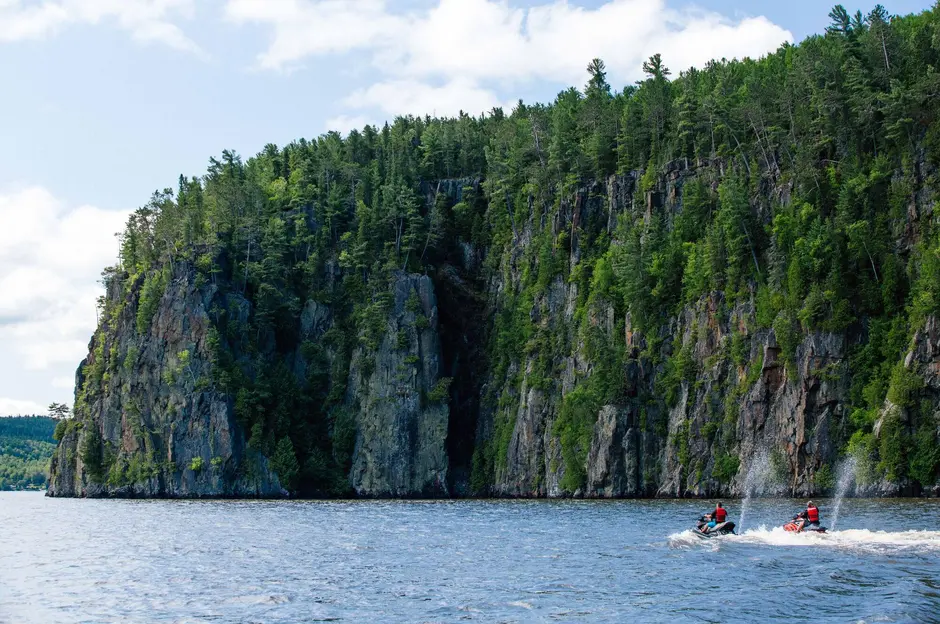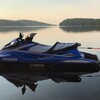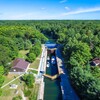
Boating is a Way of Life in Canada
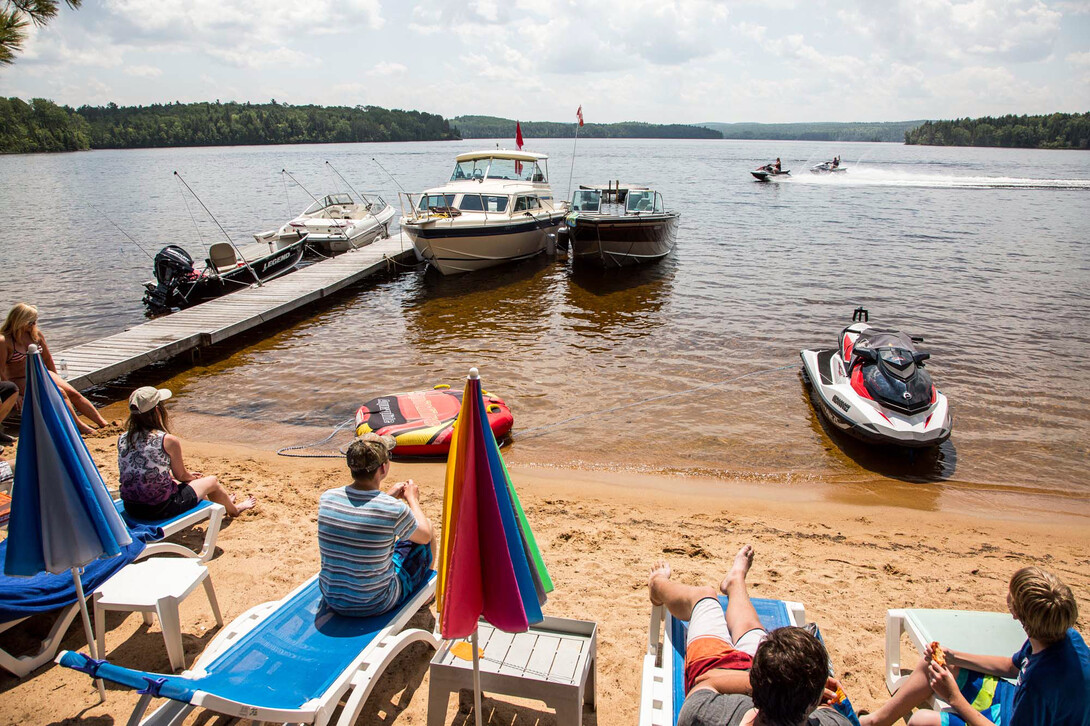
As Ontarians hit the water every year in kayaks, canoes, and powerboats, they’re taking part in a Canadian tradition dating back thousands of years. The rivers and waterways that make up what we now know as Ontario were liquid highways for the land’s Indigenous peoples—ferrying goods and people for hundreds of thousands of kilometres. What began as a utilitarian means of travel and exploration has evolved into a hugely popular recreational activity practised by millions of Canadians.
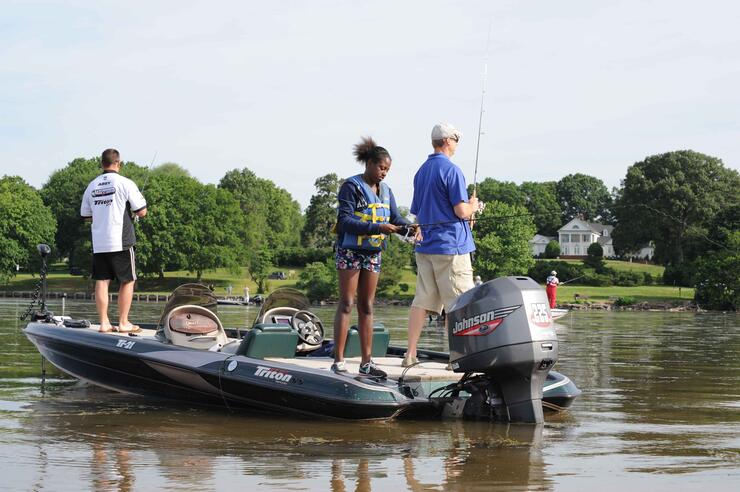
Canada's Liquid Highways
Beginning with Indigenous Nations in many parts of the land, followed by the Norse in the late 10th century, the precedent of canoe and boat travel as the best way to navigate our vast wilderness was well established. By the time Jacques Cartier paddled the St Lawrence in 1534, it was evident that travel by water would be our most logical means of transportation, allowing Cartier and other European settlers to forge inroads into remote areas of this great land. These historic canoe routes remain largely unchanged today.
Boating and travel by water began as a basic means of transportation, but quickly grew into a lifestyle. A hugely popular recreational activity, it is practised by more than 12 million Canadians today. Here are 10 places to get out on the water in Ontario.
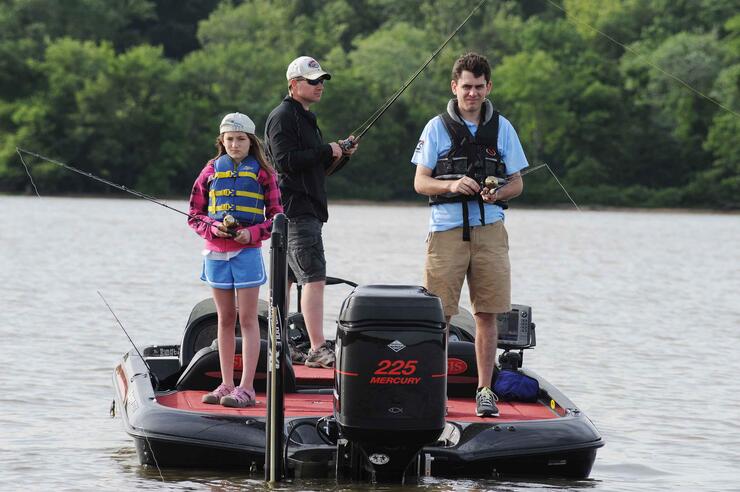
Travelling by Water is Tradition
By the early 1800s, the canoe was considered the most expedient mode of transportation. Constructed of birch bark by first European settlers or of sealskin by the Inuit, and even dugout out of trees by the Haida, the ubiquitous canoe was quickly changing the face of this country forever.
Production of watercraft had already begun in Europe by the time Quebec established its first canoe manufacturing facility in Trois-Rivieres, in 1750. Early Canadians were using birchbark canoes as large as 12 metres long, capable of carrying a crew of 6-12 men, and a load of 2300 kilogrammes. More boat-like in their configuration, these early canoes set the standard for boating, and water travel, in Canada.
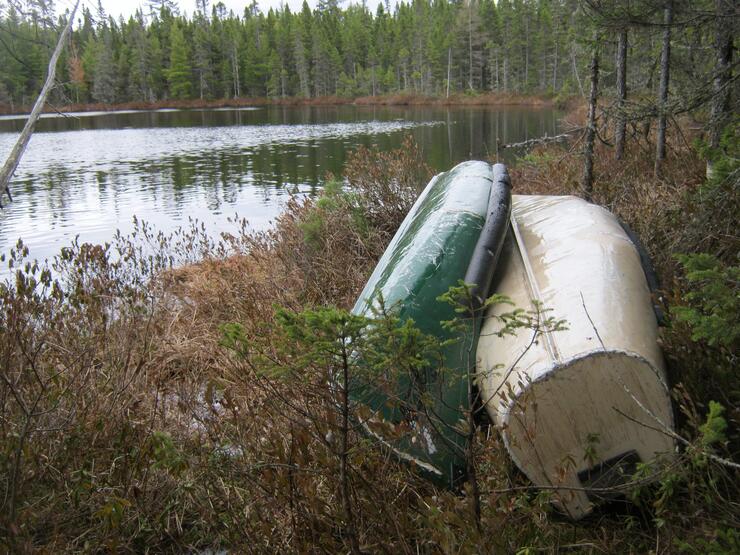
From Prime Ministers to Folk Singers–Everyone Loves Boating in Canada
Canoeing and boating in Canada grew rapidly in popularity, practised by everyone from Prime Ministers to award-winning musicians. The late Pierre Elliot Trudeau was a legendary watercraft enthusiast, who brought his boys, including the current prime minister, on canoe trips to different parts of the country. Even great Canadian troubadour Gordon Lightfoot enjoyed his time on the water singing the virtues of his favourite pastime: “I want to go tripping in my canary yellow canoe. The Eastmain, Coppermine, Back River too. I want to go tripping in my canary yellow canoe. Chebugema, Peace River, Resolute too.”
Boating for Improved Health
According to Dr. Wallace J. Nichols, marine biologist and author of Blue Mind, a scientific look at the connection between water activity and happiness, boating is good for soul and peace of mind. Being around water has been shown to slow breathing, heart rate, and reduce levels of cortisol in the body. In short, boating is good for your brain.
Boating is Big Business
According to the National Marine Manufacturers Association (NMMA), 12.4 Million Canadians enjoy boating each year and, under a worldwide pandemic, that number is on the rise. Recreational boating accounts for over $10 billion in annual revenues, with approximately 75,000 Canadians employed in the recreational boating industry. Canadian boaters spend $1.4 billion annually on boating trips and associated costs of travel on water. There is no doubt that boating is a huge part of the Canadian economy, but its impact does not stop there.
Boating Produces Low to No Emissions
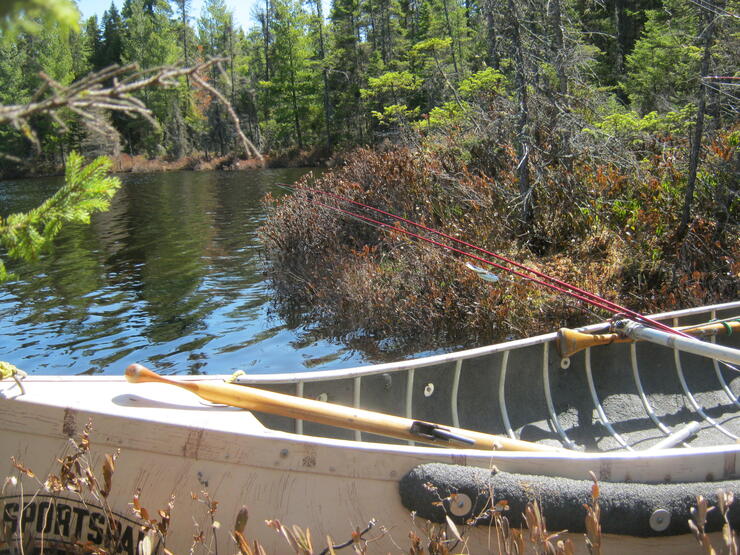
Boating is more environmentally friendly than ever. Emissions from marine engines have declined up to 95%, and fuel efficiency has increased by more than 40%, in the past two decades. Powerboating is evolving into a fun outdoor activity while monitoring our environmental footprint. Notorious polluters, the 2-stroke engines are being replaced by clean running 4-strokes, greatly reducing the amount of oil dumped into our waterways.
Have Fun and Stay Safe
Boating safety
While boating remains a fun, healthy outdoor activity steeped in lore and legend, safety is always a concern. Safety on the water varies with the style of boat, as certain watercraft are inherently more stable. Accidents can occur at any time but increase greatly while taxiing from spot to spot, or during the commotion of fishing, water-skiing, etc. Remember that any movement you make on board has a ripple effect for other passengers, so keep movements slow and methodical and avoid jumping around. When it comes to drinking, like driving a car, captaining a boat carries with it a similar responsibility. Boaters drown each year from the effects of alcohol, so be among the safe and avoid it. All alcohol must be stored away and not left out and open while boating in Ontario. You will be charged under the criminal code for driving a boat under the influence of alcohol, just as you would in a motor vehicle.
Boating Equipment & Training
While on the water, always carry an electronic communication device such as a two-way radio, satellite phone or cellphone. The ability to communicate with someone on shore is crucial in the event of an emergency. Ensure that your craft is water-worthy and always carry a tool kit, safety flares, a whistle, life jacket, life ropes and other equipment required by law for your size of boat. While boating after dark, ensure your lights are functional and carry a flashlight. Consult Transport Canada for mandatory safety equipment and for more information call the Boating Safety Info-line 1 (800) 267-6687.
Anyone planning to operate a motorboat over 18-feet in length, and over 75 horsepower, should enroll in a boating course. Powerboat training covers such topics as anchoring, docking, fueling, boating manoeuvres, troubleshooting and boating safety. By completing the Canadian Yachting Association (CYA) Power Boating Certification, you learn boating skills to last a lifetime. Sail Canada offers more info on boating courses available.
Plan your Boating Adventure This Summer

Boating is perhaps this country’s most legendary and beneficial recreational activity, and it's only getting bigger. As ancestors and explorers of this great land learned, travel by water has virtually endless possibilities. The quiet serenity of floating on a Canadian lake or river is best enjoyed firsthand.
Happy boating and I will see you on the water!
Recommended Articles
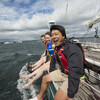
6 Ways to Explore the Great Lakes by Boat or Cruise

Discover Northern Ontario's Top Boat Tours

A Guide to Boating the Trent Severn Waterway in Ontario 2025

Boating Events in Ontario: A Complete Guide to Summer 2025
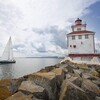
19 Charming Lighthouses to Visit in Northern Ontario
I Boated the Trent Severn Waterway and Here's What It Was Like
I Sailed the New Viking Octantis and Here's What It Was Like

Canadian Canoe Museum
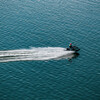
14 PWC Itineraries and Tips for Riding in Ontario

A Thousand Adventures: Boating the 1000 Islands in Ontario
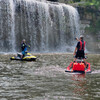
Road Tripping with your PWC
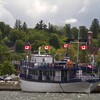
Boat Tours and Cruises in Ontario
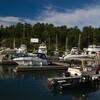
A Guide to Ontario's Marinas

5 Baller Boating Destinations in Ontario
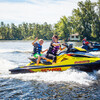
Amazing PWC Getaway
